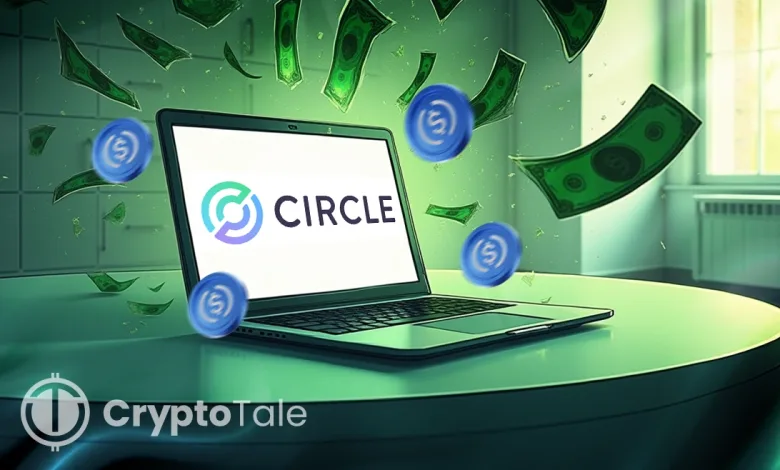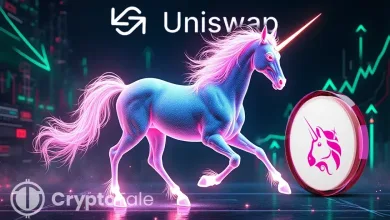Circle Unveils Refund Protocol to Tackle Blockchain Disputes

- Circle unveiled an escrow-based refund on Arc to handle disputes and fraud securely.
- This enables refunds and counter-payments on-chain without external intermediaries.
- Arc positions USDC as programmable money built for treasury and financial workflows.
Circle has introduced a Refund Protocol on its Arc blockchain to merge instant settlement with institutional compliance. The initiative provides banks, treasury teams, and corporate finance departments with a system to manage payment disputes, fraud, and counterpayments directly on-chain. Questions linger about whether blockchain can achieve both settlement finality and reversible safeguards without undermining its core design.
Escrowed Dispute Resolution for Institutional Needs
According to a Financial Feeds report, the Refund Protocol operates by holding disputed funds in escrow while allowing a trusted arbiter to adjudicate claims. This mechanism lets banks and corporate treasuries manage disputes without off-chain intermediaries.
Speaking with the Financial Times on September 25, Heath Tarbert, Circle’s president and former chair of the U.S. Commodity Futures Trading Commission, said the company is “thinking through… whether or not there’s the possibility of reversibility of transactions, right, but at the same time, we want settlement finality.”
Traditionally, blockchain payments are irreversible once validated, a feature often praised as a hallmark of crypto systems. Circle’s approach diverges by enabling partial reversibility in cases of fraud or disagreement. The model does not undo the transaction history. Instead, it allows both parties to agree on refunds or counter-payments through a secure, on-chain process.
There is a central innovative contract—the Refund Protocol. Money is under escrow, and an authorized arbiter passes judgment on an outcome. Thus, by agreement, these things go through before any refund is cast into the sunlight, balancing speed with accountability.
Reducing Operational Burdens for Corporate Finance
In legacy finance, disputes have long required an intermediary, lawsuits, and reconciliation help. Circle’s new scheme relocates much of this burden to the backbone of blockchain infrastructure itself. Corporations could initiate payments with built-in dispute resolution paths. Reconciliations after refunds or counterflows would automatically appear on-chain, reducing manual reconciliation, error risk, and operational delays.
The integration means fewer administrative hurdles for treasury operations. Payment reversals or disputes can be managed without leaving the blockchain environment. By embedding dispute resolution, Arc offers financial institutions tools that counter traditional banking systems while reducing blockchain speed.
Over time, this system could transform stable-keeping capital beyond its use in cross-border treasury operations, transfers, or liquidity settlement. With built-in safeguards, institutions may gain greater confidence in using stablecoins for daily operations.
Related: Circle Expands Hyperliquid with USDC and CCTP V2 Rollout
Arc Blockchain Positioned for Institutional Use
Circle launched Arc earlier this year as a Layer-1 blockchain for banking and stablecoin use cases. The network supports privacy features, enabling transfer amounts to remain hidden when necessary, and was designed for institutions requiring a balance of transparency and confidentiality.
Infrastructure providers and custodial vendors were among the first adopters of Arc, signalling its alignment with professional explicit builders rather than retail participants. By integrating both privacy and programmability, Arc addresses compliance and operational concerns for regulated financial entities.
The blockchain is stated to provide instantaneous settlement for tokenized cash flows while embedding systems to address the dispute mechanism, which is one of the age-old problems in crypto payments. For institutions, the refund feature in Arc acts in spite of typical banking procedures, but with the advantage of digital settlement speed.
Proving its success, the Refund Protocol would make stablecoins a far more sophisticated vehicle in the institutional world. Instead of only being a medium of payments, USDC would proceed to programmable money supporting trade finance, treasury workflow, accounting, and compliance. As regulators increasingly look for stability and control over digital assets,




